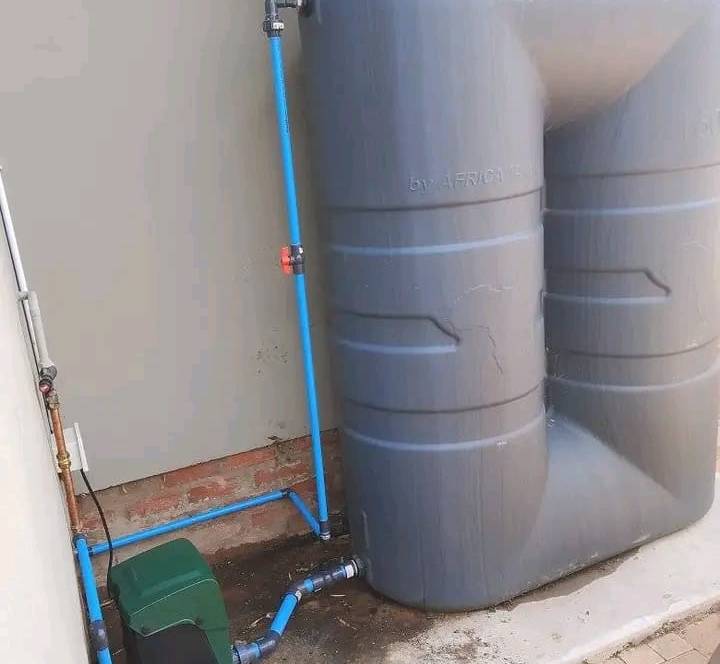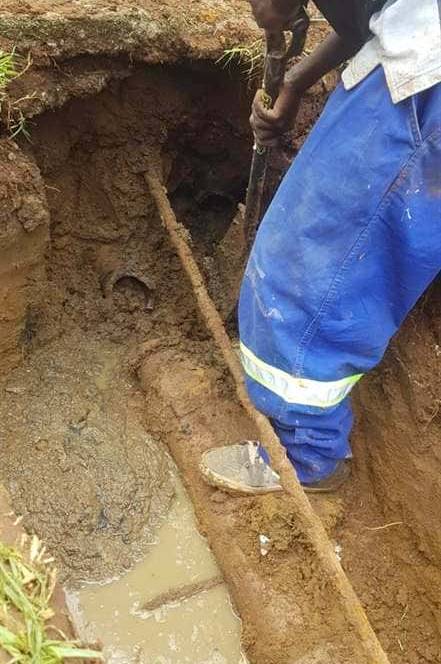Saving water when you have a plumbing emergency
Water is one of our most valuable resources, and preserving it is critical, especially during a plumbing emergency. Whether it’s a burst pipe, a leaking faucet, or a malfunctioning appliance, a plumbing emergency can lead to extensive water waste if not handled efficiently. In this comprehensive guide, we will explore ways to minimize water wastage, prevent further damage, and implement long-term water-saving measures during and after a plumbing crisis.
Understanding Common Plumbing Emergencies
To effectively save water during a plumbing emergency, it’s essential to recognize common issues that lead to excessive water waste. Some of the most frequent emergencies include:
Burst Pipes – A broken pipe can release gallons of water in minutes, causing extensive damage and significant water loss.
Leaking Faucets – Even a slow drip can waste hundreds of liters of water over time.
Overflowing Toilets – A continuously running or overflowing toilet can lead to unnecessary water loss.
Broken Water Heater – A malfunctioning geyser may leak large amounts of water.
Sewer Backups – Blocked or damaged sewer lines can cause wastewater to back up into the home, requiring immediate attention.
Leaking Appliances – Dishwashers and washing machines can develop leaks, leading to unnoticed water wastage.
By identifying the source of the emergency early, you can take prompt action to minimize water loss and damage.

Immediate Steps to Save Water in a Plumbing Emergency
During a plumbing emergency, taking swift action can prevent water wastage and property damage. Here’s what you should do:
1. Shut Off the Water Supply
Locate the main water shut-off valve in your home, typically found near the water meter or where the main water line enters the house.
Turn the valve clockwise to stop the flow of water immediately.
If the issue is localized, such as a leaking faucet or toilet, use the individual shut-off valves under sinks or behind toilets.
2. Contain the Leak
Use towels, buckets, or containers to collect leaking water and prevent it from spreading.
If a pipe bursts, wrap it with duct tape or a cloth to slow the leak until professional help arrives.
3. Turn Off Appliances
Switch off water-using appliances like dishwashers and washing machines to prevent additional leaks.
If a geyser is leaking, turn off the power supply (electricity or gas) before shutting off its water supply.
4. Inspect for Additional Leaks
Check nearby plumbing fixtures and pipes for other potential leaks to prevent further water wastage.
Monitor water pressure to identify hidden leaks in your plumbing system.
5. Use Water Wisely
While the plumbing issue is being fixed, conserve water by limiting usage for non-essential activities.
Store water in clean containers for drinking, cooking, and basic hygiene needs.
Preventative Measures to Minimize Water Loss
Being prepared for plumbing emergencies can help you avoid excessive water wastage. Here are some preventative strategies:
1. Regular Plumbing Maintenance
Schedule routine inspections for pipes, faucets, and appliances to detect minor leaks before they escalate.
Replace old or corroded pipes to prevent sudden failures.
2. Install Water-Saving Fixtures
Use low-flow faucets, showerheads, and toilets to reduce water consumption.
Consider installing a dual-flush toilet to control water use efficiently.
3. Insulate Pipes
Protect pipes from freezing during winter, which can lead to bursting and significant water loss.
Insulate exposed pipes with foam insulation sleeves or heat tape.
4. Keep Emergency Plumbing Tools Handy
Have essential tools like a wrench, pipe tape, buckets, and towels available to manage minor plumbing issues quickly.
Store a plumbing emergency contact list for immediate assistance.
Water Conservation Tips During a Plumbing Emergency
Even when facing a plumbing emergency, you can still adopt water-saving habits to minimize waste:
Reuse Water:
Collect and reuse leaked water for cleaning floors, watering plants, or flushing toilets.
Use greywater (from dishwashing or laundry) for non-potable purposes.
Limit Water Usage:
Take shorter showers or use a basin instead of running water continuously.
Delay washing dishes and laundry until the plumbing issue is resolved.
Use Bottled or Stored Water Efficiently:
Only use stored water for essential needs like drinking, cooking, and hygiene.
Avoid unnecessary flushing and running taps.
Long-Term Strategies for Water Efficiency
After a plumbing emergency, consider implementing long-term water conservation strategies to prevent future emergencies and promote sustainability:
1. Upgrade to Smart Plumbing Systems
Install smart water sensors to detect leaks early and reduce water loss.
Use automatic shut-off valves that stop water flow in case of a sudden leak.
2. Harvest Rainwater
Set up rainwater collection systems to reduce dependence on municipal water.
Use harvested rainwater for irrigation and other non-potable applications.
3. Educate Household Members
Train family members on water conservation and how to respond to plumbing emergencies.
Promote responsible water usage habits in daily activities.
Conclusion
Handling a plumbing emergency efficiently can significantly reduce water wastage and prevent property damage. By taking immediate action, implementing preventative measures, and adopting long-term conservation strategies, you can ensure that water is used responsibly, even during an unexpected crisis. Stay prepared, stay informed, and make water conservation a priority in your home.






